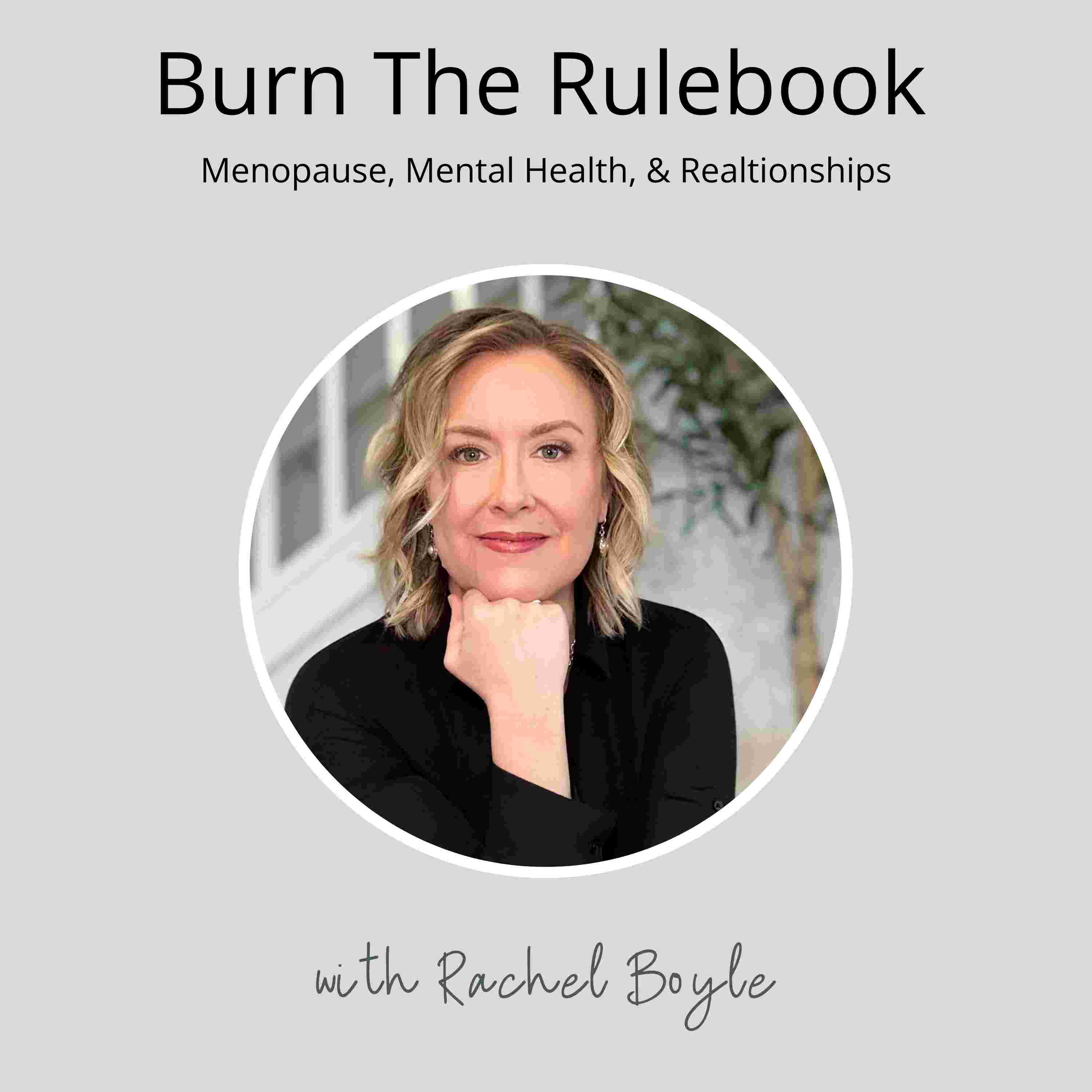

In this episode of the Burn the Rulebook Podcast, Rachel Boyle explores the complexities of desire, particularly focusing on the differences between spontaneous and responsive desire. She discusses how societal expectations can create feelings of shame for those who do not experience spontaneous desire, especially women. The conversation emphasizes the importance of understanding one's unique desire style and creating a supportive environment for intimacy. Practical tools and insights are provided to help listeners nurture their desire and improve their sexual relationships.00:00 Understanding Desire: An Introduction01:38 Spontaneous vs. Responsive Desire03:56 The Role of Context in Desire06:12 Communication and Connection in Relationships08:33 Creating an Environment for Desire to ThriveTakeaways:• Desire can fluctuate, especially during perimenopause.Spontaneous desire appears suddenly, while responsive desire needs context.• Understanding your desire style can reduce shame.• Responsive desire is common in long-term relationships.• Chore play can enhance intimacy and desire.• Creating a safe and low-stress environment is crucial for desire.• Open communication about desires can strengthen relationships.• Both spontaneous and responsive desires are valid and healthy.• Desire isn't broken; it just needs the right conditions to thrive.• Reading 'Come As You Are' can provide deeper insights into desire.Keywords:desire, sexuality, spontaneous desire, responsive desire, intimacy, relationships, communication, arousal, emotional connection, sexual health